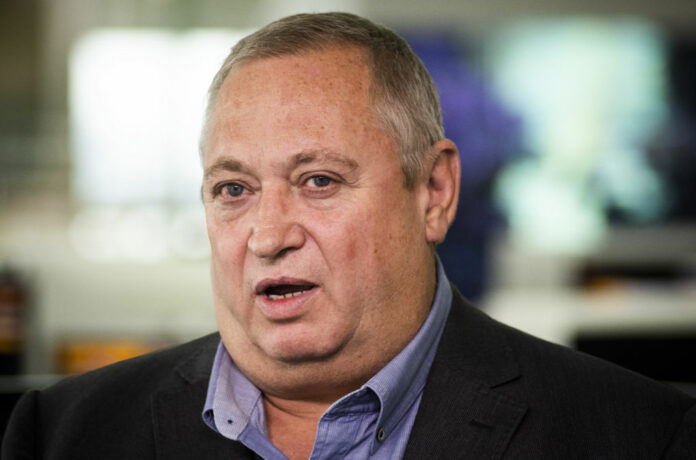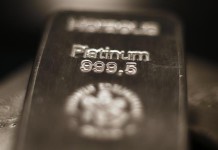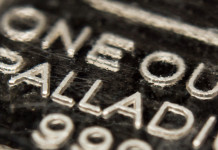
A SURGING gold price and restructuring efforts in its platinum group metal (PGM) mines powered Sibanye-Stillwater to a much improved first quarter.
The precious metals miner reported on Friday adjusted Ebitda of R4.1bn, 86% higher than adjusted Ebitda in the first quarter of 2024 which came in at R2.17bn.
The group’s gold mines comprised R1.16bn of the Ebitda improvement after the price received for Sibanye-Stillwater’s mines increased to R1.68m per kilogram, a year-on-year increase of 34%.
But there were signs that a restructuring at the South African PGM assets last year was bearing fruit. Its Ebitda increased to R2.53bn, up 42%.
There was also a positive contribution from Sibanye-Stillwater’s Australian zinc retreatment operations while Sandouville, a nickel refinery in France, was due to be closed this year saving costs.
The US PGM assets remainined loss making, however, and need a higher average PGM 2E (platinum/palladium) price which fell 2.3% year-on-year. The mines are barely profitable at an adjusted Ebitda level even after factoring in US subsidies assuming from the US government in terms of its support of critical mineral miners.
Commenting on the first quarter results performance, Sibanye-Stillwater CEO Neal Froneman said it “reinforces the trend we noted” in the second half of its 2024 financial year in which profitability had “stabilised”. That period was the third consecutive six month period of group adjusted Ebitda of between R6.4bn to R6.7bn, he said.
The market didn’t like the numbers at first. Shares in Sibanye-Stillwater fell nearly 5% in early Johannesburg trade before recovering to trade last about a percent higher. At R23.08 per share, the company is nearly 45% higher in value since the beginning of the year.
One major negative was a significant increase in capital spend at Keliber, the group’s lithium project in Finland. Sibanye-Stillwater said today that following a review, it would cost R3.2bn more to hot commission the mine by next year. The total capital cost of the operation was therefore expected to be R15.2bn.
“We expected the development cost of Keliber to increase but it’s the quantum that is surprising,” said Arnold van Graan, an analyst for Nedbank Securities. Total aggregated project capital expenditure at the end of the first quarter was R9.9bn.
While the PGM basket price over a 52-week period seems stubbornly flat (but tracking significantly higher year-to-date), additional upside from the gold price was expected to flow through in the current quarter, the company said. “With the gold price increasing further during the second quarter, if maintained, profits from the South African gold operations could increase materially,” said Froneman.
One important factor, though, is Sibanye-Stillwater’s leverage. With the platinum and palladium price up 9% so far this year, a significant rerating in PGM prices will immediately flow through to the firm’s bottom line.











